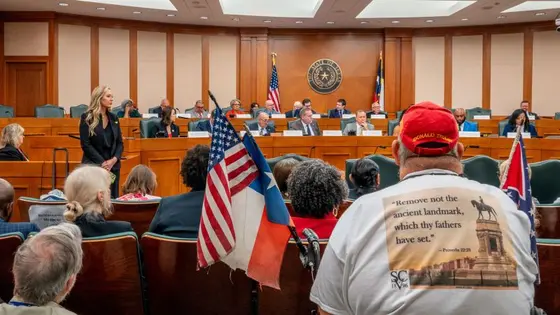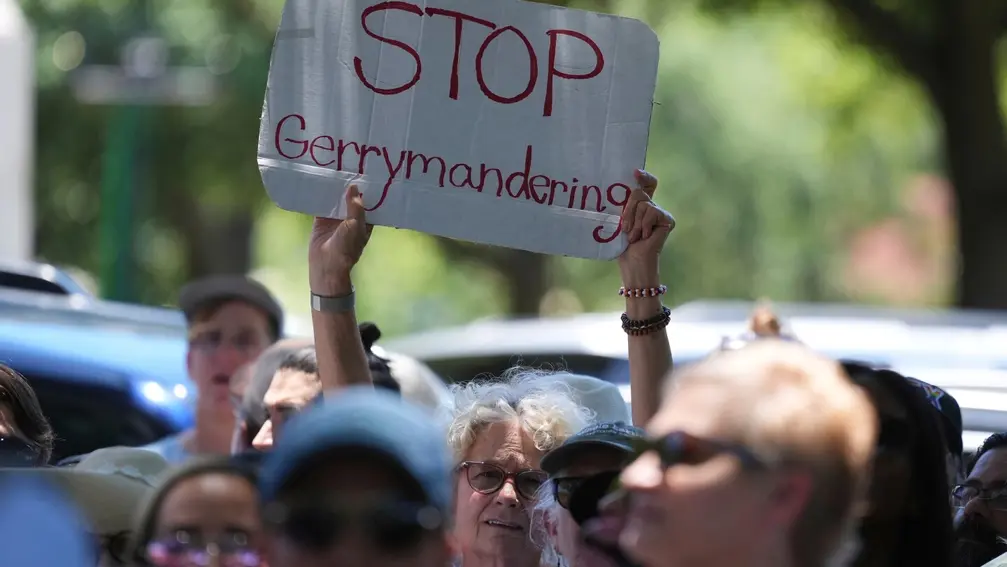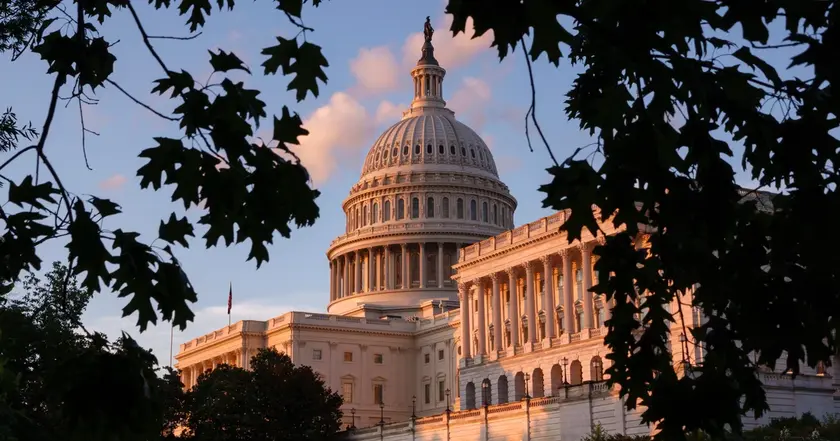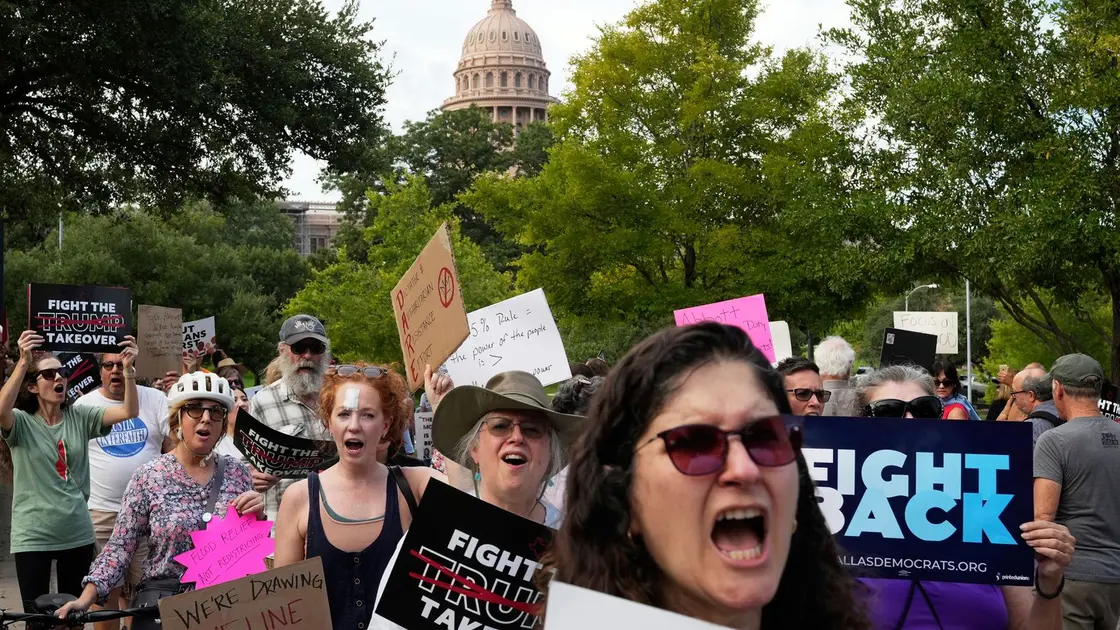T4K3.news
Supreme Court ruling enables Texas gerrymandering
The Supreme Court's 2019 decision has allowed Texas Republicans to reshape district lines for political gain.

The Supreme Court's decision six years ago allows Texas Republicans to redraw district lines in their favor.
Chief Justice John Roberts' role in Texas gerrymandering controversy
The ongoing redistricting process in Texas has drawn significant attention as Republican lawmakers seek to reshape district boundaries to maintain their political power. The shift is rooted in a Supreme Court ruling from 2019. Chief Justice John Roberts, alongside four other justices, declared that federal courts could not intervene in extreme partisan gerrymandering cases. This decision has allowed state lawmakers to manipulate district lines with minimal oversight, prompting both political parties to strategize ahead of the upcoming midterms in 2026. As Texas seeks to transform its district maps, Democratic leaders are contemplating responses in states like California that could counteract Republican advantages.
Key Takeaways
"Excessive partisanship in districting leads to results that reasonably seem unjust."
Chief Justice John Roberts acknowledged the serious concerns surrounding gerrymandering.
"The partisan gerrymanders in these cases deprived citizens of the most fundamental of their constitutional rights."
Justice Elena Kagan emphasized the constitutional implications of gerrymandering.
The 2019 Supreme Court verdict has set a dangerous precedent, allowing partisan gerrymandering to flourish unchecked. This ruling leads to an increasingly polarized political landscape, where the drawing of district lines becomes a strategic game rather than a fair representation of the electorate. Democrats are rallying to counteract these political maneuvers, suggesting that this gerrymandering cycle may spark a broader conflict over electoral fairness in several states. As the stakes rise, the implications of Roberts' decision may threaten the very foundations of democratic rights in the United States.
Highlights
- Roberts' ruling unleashed a new era of gerrymandering.
- Voters should choose their representatives, not the other way around.
- Partisan lines are being drawn, with democracy at stake.
- The fight for fair elections takes on new urgency.
Concerns over partisan gerrymandering
The ongoing manipulation of district maps poses risks to electoral fairness and democratic representation.
The battle over district lines shows no signs of abating, as both parties gear up for future elections.
Enjoyed this? Let your friends know!
Related News

Abbott moves to remove Rep. Gene Wu amid redistricting fight

Texas redistricting standoff escalates

Texas plans new congressional redistricting

Texas Governor files lawsuit against Rep. Wu

Texas advances controversial redistricting plan

Texas Governor threatens arrests over redistricting

Abbott moves to remove Rep. Wu from House

Trump pushes toward dictatorship after 200 days
